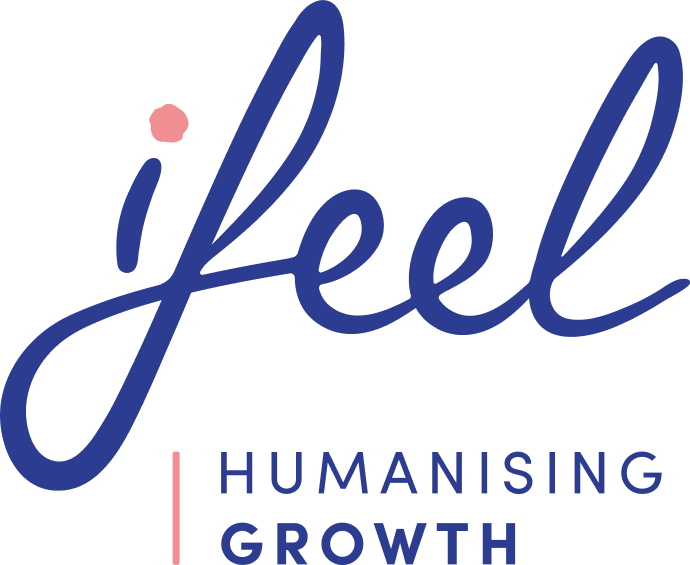We call presenteeism at work a behavior pattern present in many employees and encouraged in too many companies. According to this pattern, it is necessary to be physically present at the workplace each and every one of the hours of one’s working day -even more, if possible- regardless of how useful it is for the performance of tasks. It is also often referred to as presenteeism when employees are at work, even if they have health reasons for being absent.
This is generally referred to in contrast to absenteeism, which occurs when employees are absent from work without justification.
How to analyze presenteeism at work
It is a matter of considering specific efficiency criteria. If we look closely, the physical presence of employees at their workstations (whether in the office or, why not, in a remote work model) has to be regarded as a tool. Therefore, it must achieve an end that is good for both the employee and the company: in this case, an improvement in performance at an acceptable level of fatigue. This is what is often referred to as efficiency.
When this efficiency criterion is subverted, the employee’s physical presence in their position goes from being a means to an end. It must take place – and the more, the better – regardless of the influence it has on performance (the company’s well-being) and psychological well-being, i.e., on the employee’s health in terms of motivation, reconciliation with other aspects of life…

Causes of presenteeism at work
Presenteeism at work is based on the belief that the more hours worked, the better the performance. It is also based on an organization of work established on a fixed schedule that must be strictly adhered to, whether or not there is a task at hand.
In reality, more time on the job does not guarantee better performance. Moreover, a working schedule that cannot be adapted to the needs of the company and the employee depending on the circumstances at any given time generates rigidity and a drain on resources, as well as worsening the working environment.
For this reason, it is essential to detect when the team, or the company, has consciously developed a pattern of presenteeism by imitation or obedience and correct it. This will benefit productivity and also the psychological well-being of employees.
Join the global leading solution in mental well-being
Cost of presenteeism at work for the company
It is not difficult to guess that, like absenteeism, presenteeism at work can significantly affect the companies that cause or encourage it. HBR defines presenteeism as “workers’ being on the job but, because of illness or other medical conditions, not fully functioning—can cut individual productivity by one-third or more.”
We must at least pay attention to the high economic cost to companies of their employees’ physical but unnecessary presence at their posts.
Continuing along these lines, the same document states that organizations can be affected in different ways:
– Decreased productivity and loss of creativity.
– Stress-related accidents at work.
– Legal problems related to harassment and violence due to interpersonal conflicts.
It is estimated that the economic cost of presenteeism at work to companies is four times higher than the cost of sick leave related to mental health problems and three times the cost of replacing this type of employee.
This is only a summary of presenteeism’s consequences on the well-being of employees and companies. However, it does highlight the importance of preventing this organizational pattern for companies wishing to improve their performance.
How to prevent presenteeism at work
1. Work organization
Although dysfunctional for the well-being of employees and companies, presenteeism at work is still a means to achieve some objectives: higher performance, making merits to improve professional reputation, and fleeing from aspects or responsibilities external to work… However, this dynamic can be prevented by adapting the organization of tasks and meetings to avoid the need for physical presence, avoiding distractions to optimize time, and generating a corporate culture in which presenteeism needs to be better regarded.
2. Results driven
Presenteeism at work occurs because, among other things, employees focus on strict -even distorted- compliance with their schedule instead of focusing on what is really important: the tasks assigned to them. Therefore, it is possible to prevent presenteeism at work by emphasizing what is important and using means to achieve it (e.g., time) that are at the service of the task and not other issues.
3. Efficiency recognition
In relation to what we have just discussed about where employees should focus their attention and what should be encouraged from the corporate culture, it is essential to remember that presenteeism occurs because, in some way, it is rewarded. If instead of reinforcing the mere presence of employees at their jobs, they are recognized for their good use of resources in the process of performing their tasks, presenteeism will likely decline on its own.
4. Flexibilidad en el formato de trabajo
One of the lessons from the fast-paced remote work training that many employees have experienced in the coming years is that physical presence in the office, subject to an inflexible schedule, is not in itself necessary to be effective. Therefore, companies wishing to prevent presenteeism at work and its adverse effects as part of the psychosocial risks at work must promote flexibility in the work format of their employees.

Fostering emotional well-being in organizations
At ifeel, the critical thing to support performance is to understand the At ifeel, we believe that responsibility and professionalism do not necessarily mean being tied to a chair whether we are working or not. Sustainable productivity also means using our time, concentration, and talent wisely without wasting or squandering them.
To convey this idea, our team of psychologists, experts in well-being at work, has created an emotional well-being program for companies that brings relevant benefits to the whole team, including Human Resources managers.
These managers play a fundamental role in the company’s final results. It is crucial to support them to properly guide the relationship between the company and employees and ensure that it is as beneficial as possible for both.
Are you part of your organization’s Human Resources department? That’s why, through our program, you can receive personalized, data-driven advice on improving the psychological well-being of the teams under your care. Try our program now to see how it could help you.
In addition, this program offers all employees a complete mental health care service that they can access in different ways depending on their needs. Those who wish can access an online therapy service with one of our psychologists, specialized in cases like theirs, or interact with one of our professionals to receive emotional support in a more specific circumstance that concerns them.
Of course, in our Resources section, you can find different materials, such as podcasts, HR Guides on various topics (e.g., employee experience or how to design a good HR strategy), or interviews with important HR positions. In addition, we have a Psychosocial Risk Factors Template, which you can use to comply with the requirements of the Labor Inspectorate.
We hope you found this post about preventing presenteeism at work interesting. If you would like more information about our emotional well-being program for companies, just ask us, and we will contact your team as soon as possible.









